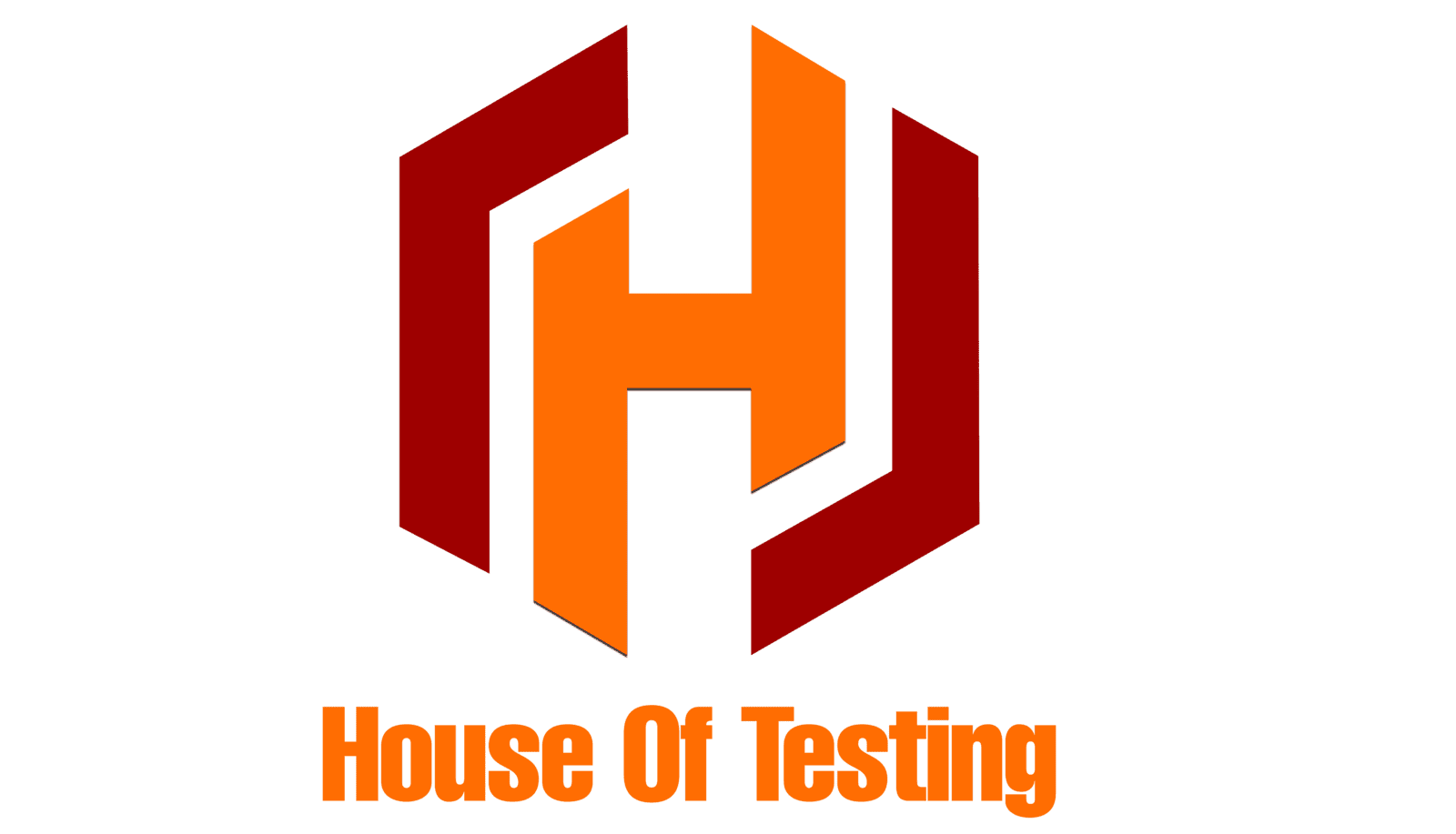LED Modules for General Lighting
Testing LED modules for general lighting in a lab involves evaluating various aspects of their performance, efficiency, and reliability.
Scopes & Testing
LED Modules for General Lighting
Here are some key tests you might consider:
- 1) Luminous Efficiency: Measure the light output (luminous flux) of the LED module in lumens and divide it by the power consumed (in watts) to get the luminous efficacy, expressed in lumens per watt (lm/W). This indicates how efficiently the LED converts electrical energy into light.
- 2) Color Rendering Index (CRI): Determine the CRI of the LED module, which indicates its ability to render colors accurately compared to a reference light source. A higher CRI (typically above 80) is desirable for general lighting.
- 3) Color Temperature: Measure the color temperature of the LED module in Kelvin (K). This indicates whether the light produced is warm (lower K values) or cool (higher K values). General lighting often uses color temperatures between 2700K (warm white) and 6500K (daylight).
- 4) Color Consistency: Test multiple LED modules of the same type to ensure color consistency across different units. This is important to avoid variations in color appearance in a lighting installation.
- 5) Flicker and Stroboscopic Effects: Evaluate the LED module for flicker and stroboscopic effects, which can cause discomfort or even health issues in some individuals. Use a flicker meter or a high-speed camera to assess the flicker characteristics.
- 6) Heat Dissipation: Monitor the temperature of the LED module during operation to ensure that it stays within safe limits. Proper heat dissipation is crucial for the longevity and performance of LED modules.
- 7) Lifetime and Reliability: Conduct accelerated life tests to estimate the LED module's lifetime. This involves running the module at elevated temperatures and voltages to simulate long-term operation. Compare the results with manufacturer specifications.
- 8) Lumen Maintenance: Measure the light output of the LED module at regular intervals to track lumen depreciation over time. This helps estimate how much the light output will decrease over the module's lifespan.
- 9) Ingress Protection (IP) Rating: If the LED modules are intended for outdoor or wet environments, test their resistance to dust and water using the IP rating system.
- 10) Dimming Performance: Evaluate how well the LED module performs with different dimming systems. Check for flicker, color consistency, and smoothness of dimming.
- 11) Electromagnetic Interference (EMI): Test the LED module for electromagnetic interference, especially if it will be used in environments where other sensitive equipment might be affected by EMI.
- 12) Optical Distribution: Analyze the light distribution pattern of the LED module to ensure it meets the intended lighting design, providing even illumination across the desired area.
- 13) Start-Up and Warm-Up Time: Measure how quickly the LED module reaches full brightness after being turned on, as well as how its color characteristics stabilize over time.
- 14) Power Factor and Total Harmonic Distortion (THD): Evaluate the power factor and THD of the LED module to assess its impact on the electrical system and compliance with power quality standards.
- 15) Mechanical Durability: Test the LED module's physical durability against impacts, vibrations, and other mechanical stresses that it might experience during installation and operation.
House of Testing Lab has a dedicated team of highly skilled professionals who has extensive experience in conducting these tests and possesses in-depth knowledge of the relevant standards and protocols. Consult with us today and ensure comprehensive testing.
PRODUCTS
- • LED Modules for General Lighting
STANDARDS
- • IS:16103-2
TESTS
- • Luminous Efficiency
- • Color Rendering Index (CRI)
- • Color Temperature
- • Color Consistency
- • Color and Stroboscopic Effects
- • Heat Dissipation
- • Lifetime and Reliability
- • Lumen Maintenance
- • Ingress Protection (IP) Rating
- • Dimming Performance
- • Electromagnetic Interference (EMI)
- • Optical Distribution
- • Start-up and Warm-up Time
- • Power Factor and Total Harmonic Distortion (THD)
- • Mechanical Durability



